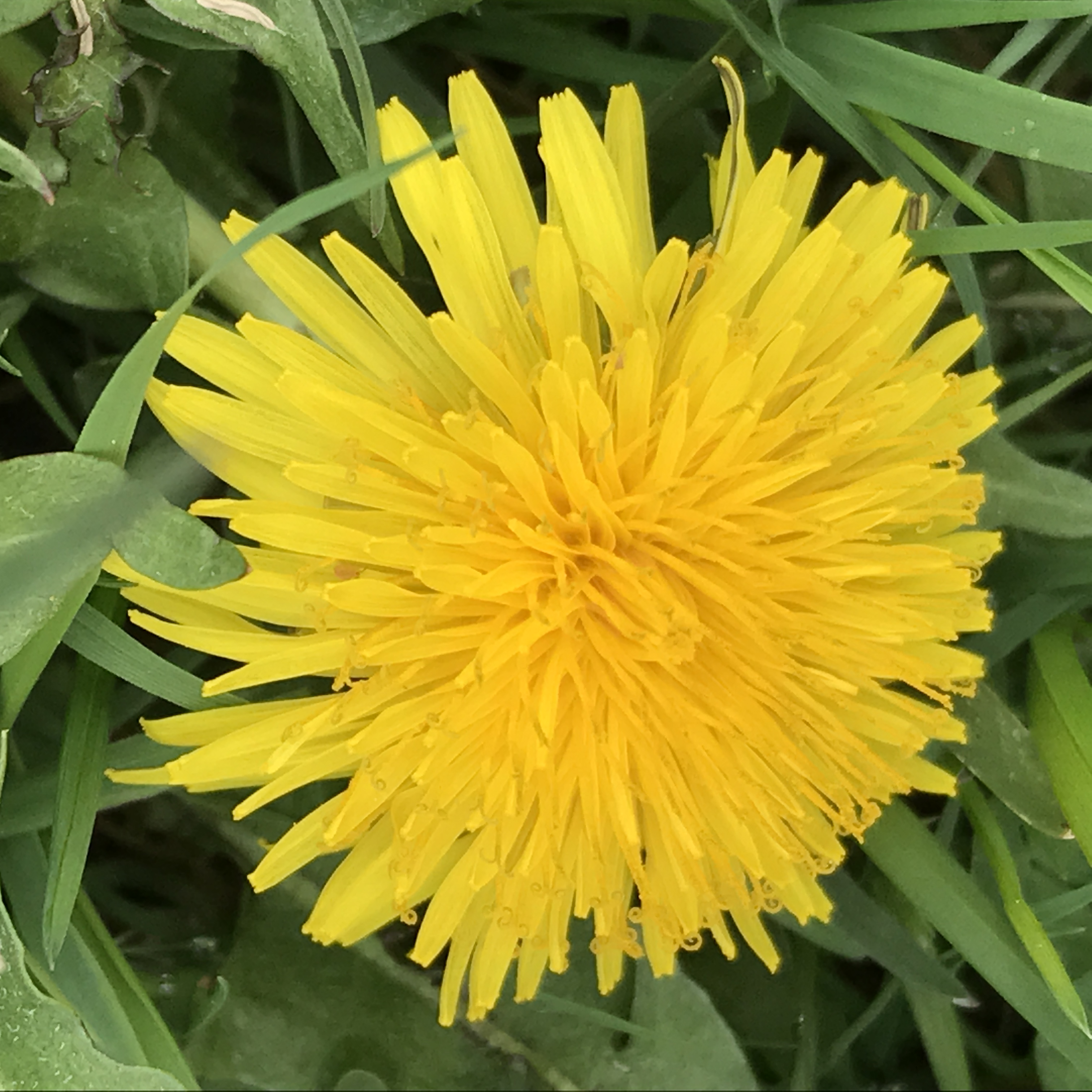32. Use weed killers and fungicides only as a last resort.
According to the U.S. Fish and Wildllife Service and the National Audubon Society, about 7 million birds are killed each year by household lawn pesticides. Herbicide use is growing at a particularly rapid rate, with home owners using over 50 percent more than they did twenty years ago. According to 1999 figures released by the EPA, 74 percent of U.S. households use some type of pesticide; 40 million use herbicides. There are many safer alternatives.
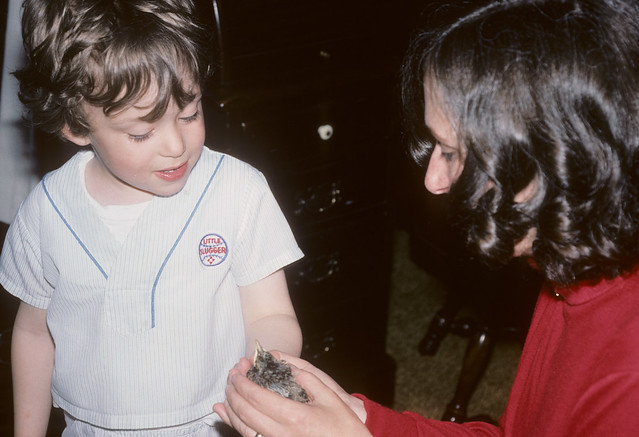
When I was a bird rehabilitator, a woman brought me two nestling robins that were suffering from neurological damage. One was on its side, unable to balance itself. Neither could life its head to beg for food. Both of them trembled with violent spasms every few minutes. She told me that she’d found one adult dead on the ground beneath the nest tree and another adult and two nestlings dead inside the nest. I asked her if any lawns in the vicinity had been treated within the past two days, and she answered, “Why yes! We sprayed our yard just yesterday. But it can’t be that—those chemicals were approved by the EPA.” The spray was a “weed and feed” formulation with a herbicide (weed killer) and a fertilizer. Apparently, the adult robins had run on the lawn while the grass was still wet, and when they returned to the nest to feed their nestlings, their belly feathers smeared the toxins directly on the nestlings’ bare skin. Perhaps when the adults preened or pulled earthworms out of the freshly sprayed lawn, they ingested the toxins themselves.
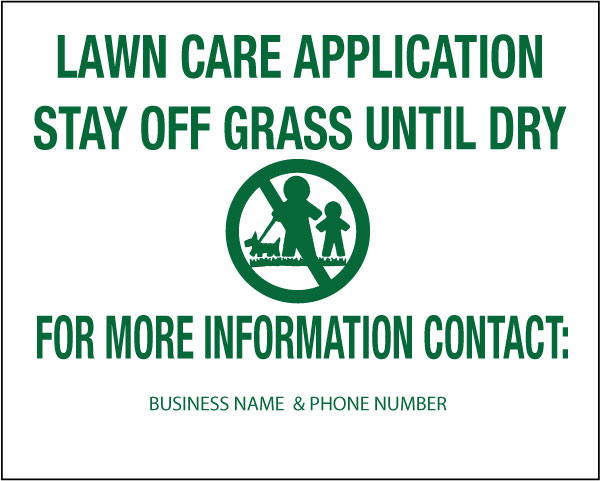
Both baby robins were dead within a few hours. I called a few agencies and rehab facilities, trying to get their bodies necropsied to determine for certain what had killed them. But necropsies are expensive, and every veterinarian and scientist I talked to said that there wouldn’t be enough tissue to analyze in such tiny birds. Also, many pesticides break down into different, often less toxic chemicals within days after application. This is good for animals exposed to them after that time, but the neurological damage caused when the chemicals are active doesn’t miraculously reverse.
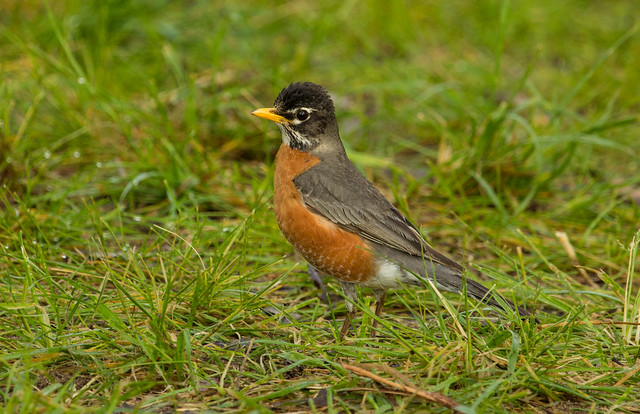
Marge Gibson, past president of the International Wildlife Rehabilitation Council and founder and director of the Raptor Education Group, Inc., in Antigo, Wisconsin, is one of a growing number of people who believe that pesticide manufacturers should be required to use some sort of chemical markers to make it easier to trace chemical killers. Chemical manufacturers decry environmentalists for their blanket indictments of pesticides, but they refuse to make it easier to pinpoint which of the 12,000-plus pesticide products currently registered for use in and around our homes cause the greatest damage; they prefer to protect their formulations as trade secrets.
Most Americans believe that pesticides are tested by the government to ensure their safety for humans and wildlife. But this is simply not true. Chemical companies do their own testing and submit the results to the EPA for review, setting up the potential for “selective” reporting. And pesticides are not “approved” by the EPA. The agency may register pesticides if there is no documented and significant evidence that they cause harm or if the manufacturer can make a case that the benefits outweigh the harms, but there is virtually no enforcement to ensure that pesticides are limited to their prescribed uses, and there are no regulations requiring that pesticides be tested for their effects on songbirds. Since the late 1980s, field testing to determine whether a chemical might cause unexpected environmental consequences is no longer required for registration. And almost no research has been conducted on the effects of multiple pesticides used together, even though pesticides are often applied in complex mixtures and may cause far worse problems in combination than alone.
Despite the lack of research, it’s clear that pesticides, including herbicides, kill birds, as I observed firsthand and as Dr. Stone’s necropsies on New York birds established. Atrazine, one of the most widely used herbicides in agriculture, which is also registered as a weed controller on lawns and golf courses, has been found to be a hormone disruptor, causing frogs to develop both male and female sex organs even at extremely low concentrations. At higher levels, it’s connected with a variety of problems, including stopping photosynthesis in aquatic systems, thus depleting oxygen. According to National Geographic Today (April 16, 2004), “Atrazine, a top selling weed killer in the United States and the world, has been found to dramatically affect the sexual development of frogs, turning them into hermaphrodites—creatures with both male and female organs—at concentrations 30 times lower than those deemed safe by the U.S. Environmental Protection Agency. ‘What struck us as unbelievable was that atrazine could cause such dramatic effects at such low levels,’ says Tyrone Hayes, an associate professor of integrative biology at the University of California, Berkeley, who led the frog study.” Yet in October 2003, the same month that the European Union banned atrazine, the EPA decided to permit its ongoing use in the United States, with no new restrictions.
According to the American Bird Conservancy, one of the most common herbicides for home use, glyphosate (the active ingredient in Roundup), “can be acutely toxic to non-target plants, including aquatic plants and algae. The effects of this toxicity on natural plant succession alters the ecology of treated areas. In most cases, the plant species diversity will decrease, and along with it, the numbers of insects, mammals, and birds utilizing these areas as habitat.” (www.abcbirds.org/pesticides/Profiles/glyphosate.htm link goes to this hotlink.)
Roundup also weakens crops, leading to a vicious spiral of increasing farmer dependency on chemicals to solve many of the problems caused by other chemicals. In a study conducted by T.B. Moorman and colleagues at the U.S. Department of Agriculture’s Southern Weed Science Laboratory in Stoneville, Mississippi, glyphosate reduced the ability of soybeans and clover to fix nitrogen. A study conducted by G.S. Johal and J.E. Rahe of the Center for Pest Management at Simon Frase University in Burnaby, British Columbia, found that glyphosate made bean plants more susceptible to disease. At Dalhousie University in Halifax, Nova Scotia, D. Estok and others found that glyphosate reduces the growth of beneficial mycorrhizal fungi, which are important for soil quality.
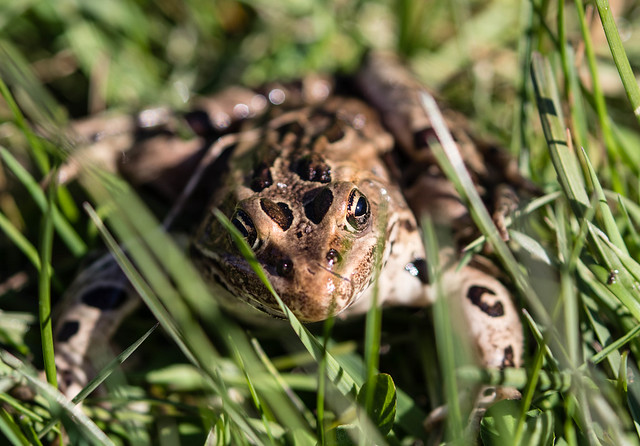
Even worse, the effects of this heavily used weed killer aren’t limited to plants. Utah State University Extension reported in “Utah Pesticide and Toxic News” (July 2005):
“The herbicide Roundup is lethal to some tadpole species,” says a University of Pittsburgh researcher who tested the compound in experimental tanks. The surfactant used in the formulation appears to be the culprit. Roundup, manufactured by Monsanto, is the second most commonly applied herbicide in the U.S. and has been considered relatively nontoxic to animals. Rick A. Relyea, an assistant professor of biology… concludes from previous research conducted in Australia that the lethal chemical is probably not glyphosate, the active ingredient in Roundup, but polyethoxylated tallowamine (POEA), the surfactant in the product that allows glyphosate to penetrate leaves. About 10 years ago, scientists found that pure glyphosate is not very toxic to some Australian tadpole species, Relya says. But they discovered that both Roundup and pure POEA are quite toxic to these same species.” [Link to this report no longer works.]
The American Bird Conservancy profile of glysophate, which cites supporting studies, says that products that contain glyphosate are dangerous to mammals: “Most toxicity tests cited by industry and the EPA [Environmental Protection Agency] investigate toxicity through oral exposure routes. The toxicity of glyphosate and the common surfactant POEA is much greater through inhalation routes of exposure… Experimentally induced inhalation of Roundup by rats produced 100 percent morality in 24 hours. Humans ingesting as little as 100 ml of Roundup have died (suicide attempts using Roundup have a 10 to 20 percent success rate)” The same report cites studies indicating that glyphosate, especially in combination with the surfactant used in Roundup, is toxic to fish and invertebrates.

M.I. Youset and other researchers at the University of Alexandria in Egypt and the University of Tromso in Norway found that sperm production in rabbits was diminished by 50 percent when they were exposed to glyphosate. And a study published in 1998 in Environmental and Molecular Mutagenesis found that an unidentified chemical in Roundup caused genetic damage in the livers and kidneys of mice exposed to the herbicide. Unfortunately, Monsanto doesn’t have to reveal what ingredients are in Roundup because the formula is a trade secret protected by patent regulations. In California, where pesticide-related illnesses must be reported, glyphosate was the third most commonly reported cause of pesticide-related illness among agricultural workers, and the most common cause in landscape workers. Symptoms experienced after Roundup exposure include eye and skin irritation, headache, nausea, and heart palpitations. There is no testing on human beings to learn of the short- or long-term effects of these toxins; the only indication that a chemical may be harmful to human beings is by guesswork based on its effects on animals. We react swiftly when a canary keels over in a coal mine, but we ignore the warning of wild bird deaths and even severe human illnesses.
Although Monsanto claims that Roundup breaks up into harmless substances, it has been found to be extremely persistent, with residue absorbed by subsequent crops more than a year after application. According to the American Bird Conservancy, “Glyphosate’s toxicity is compounded by its persistence in the environment. Recent research suggests that even when glyphosate binds soil particles, it will cyclically “desorb” or lose its attraction to soil and become active as a herbicide.” As well, the World Health Organization (UNEP, 1994 Glyphosate. Environmental Health Criterion #159, Geneva, Switzerland) found that glyphosate’s half-life in forest pond sediments was 400 days.
American households spend nearly $2 billion on an estimated 80 million pounds of pesticides every year, and eventually some of the toxins work their way into groundwater and run off into lakes, rivers, and streams. According to a 1999 U.S. Geological Survey (USGS) report on the quality of our nation’s waters, “At least one pesticide was found in almost every water and fish sample collected from streams and in more than one-half of shallow wells sampled in agricultural and urban areas.” Conservationist Rob Fergus notes:
A couple of western studies I have seen (an Idaho report on the Boise area and a USGS survey of Willamette River tributaries in Oregon) suggest that watersheds with a suburban component are the ones most likely to have pesticide concentrations in excess of acute toxicity levels for aquatic life. The pesticides most commonly exceeding acute concentrations are precisely the ones commonly used in gardening and lawn care. This makes sense when you consider that individual suburban users of pesticides, applying them to very small acreages, are less limited by costs than farmers, and likely to overapply the chemicals. So there is a lot to be gained by encouraging suburban residents to moderate and, better yet, eliminate their use of common yard chemicals.
When applied to an entire lawn, the herbicides in “weed and feed” applications are applied even to sections of lawn that are weed free. When consumers apply lawn pesticides themselves, they can at least spot-spray individual dandelions rather than applying toxins to every square inch of lawn. Most lawn care services don’t limit herbicide applications to weeds alone; they develop formulas for each region of the country based on climactic averages, regardless of any given year’s actual rainfall and temperature conditions, and all treated lawns in the region receive identical doses year after year, whether they are covered with thousands of dandelions or have only one or two. This increases the exposure for wildlife, pets, and human beings, and it hastens the rate at which weeds become resistant to herbicides. As weeds grow more resistant, farmers and home owners use increasing amounts of herbicides in a vicious and unending circle, providing spiraling profits for chemical manufacturers and increasing the incidence of asthma, allergies, and cancer for the rest of us.
There are many alternatives to lawn and garden pesticides. Plants native to an area are already adapted to the natural rainfall, humidity, temperature, and soil conditions. They can more easily withstand weed, insect, fungus, and other pest damage than can introduced plants that are stressed by the unfamiliar weather and soil conditions. Native plants also provide more habitat for native wildlife. Minimizing the area of manicured lawn will not only reduce your need for lawn pesticides but also provide many other benefits. Select grass varieties that were developed for your region. Never use a lawn care service that applies pesticides to the entire lawn; insist on spot-spraying weeds only.
There are many other tricks for reducing or eliminating our reliance on herbicides. Corn gluten meal applied in early spring and fall may prevent the germination of dandelions, crabgrass, and other common lawn weeds. Overseeding bare spots in the lawn, core aerating the lawn, and adding organic mulch or compost will improve soil quality and help prevent weed growth. You can learn about the many safe alternatives to lawn and garden pesticides from gardening books and in pamplets available from your local cooperative extension office. “Audubon at Home,” a program developed by the National Audubon Society, encourages individuals to take action to improve the environmental health and habitat quality of their yards and neighborhoods. Many alternatives to pesticide use are listed on its website CURRENT LINK
From 101 Ways to Help Birds, published by Stackpole in 2006. Please consider buying the book to show that there is a market for bird conservation books. (Photos, links, and updated information at the end of some entries are not from the book.)
